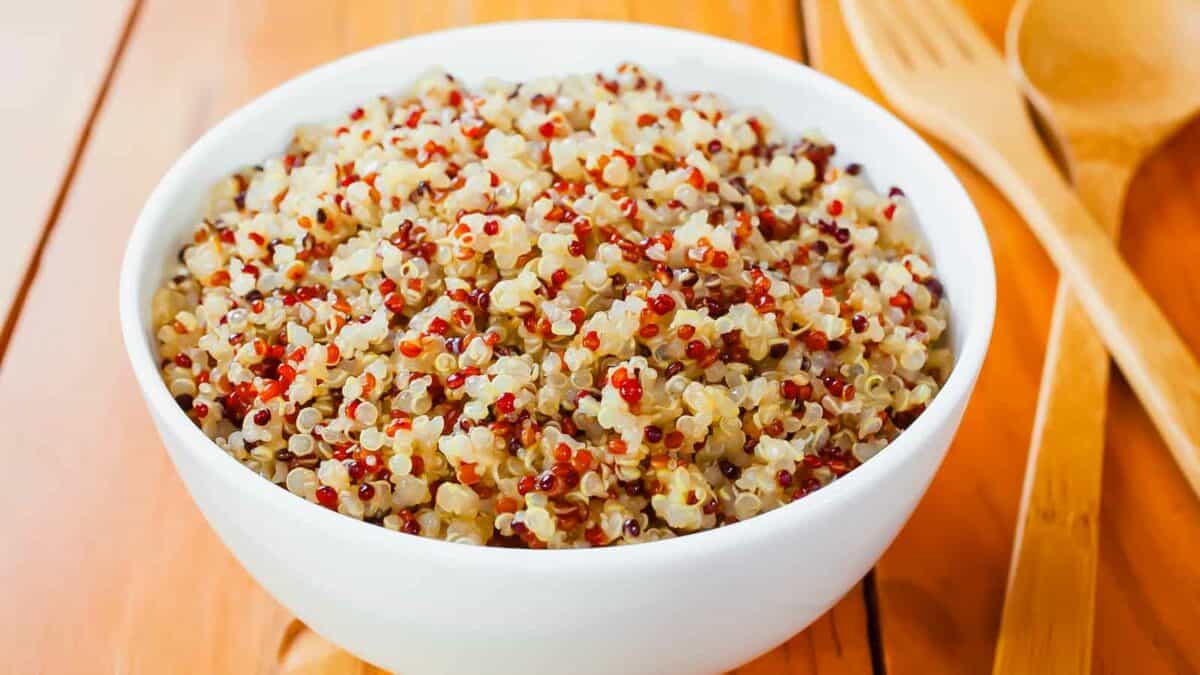When you think of environmentally friendly foods, plant-based options often come to mind. But not all plant foods are created equal—some have a surprisingly hefty environmental impact. From high water usage to deforestation, these plant-based foods might be worse for the planet than you think.

Almonds

Almonds might be a popular snack, but did you know they’re incredibly thirsty? Growing almonds requires a staggering amount of water—especially in California, where droughts are a serious issue. For every single almond, it takes about 1.1 gallons of water! That’s a whole lot of H2O.
Avocados

Avocados are all the rage, but their popularity comes at a price. The high demand for avocados leads to deforestation in countries like Mexico. Plus, they need lots of water to grow. Next time you’re making guac, think about what it took to dip your chip in it.
Cashews

Cashews are delicious, but their journey to your plate isn’t so sweet. The processing of cashews is labor-intensive and often involves poor working conditions. Additionally, cashew farming can lead to environmental degradation due to the intensive nature of cultivation.
Soybeans

Soy is a staple in many vegetarian and vegan diets, but it has a dark side. Large-scale soybean farming is a major cause of deforestation, especially in the Amazon rainforest. This deforestation leads to loss of biodiversity and contributes significantly to climate change.
Quinoa

Quinoa’s rise to superfood stardom has led to some unintended consequences. The high demand has resulted in over-farming, which depletes the soil and reduces crop diversity. In the Andes, where quinoa is traditionally grown, this has had serious environmental and social impacts.
Rice

Rice might seem innocent, but it’s a major methane emitter. Methane is a potent greenhouse gas, and rice paddies produce it in large quantities. Moreover, rice requires vast amounts of water, making it a less eco-friendly staple than you might think.
Palm Oil

Palm oil is in so many products, from snacks to cosmetics, but its production is highly problematic. The cultivation of palm oil leads to deforestation and destruction of habitats, particularly in Southeast Asia, contributing to the loss of endangered species like orangutans.
Coconut Products

Coconut products are trendy, but their farming practices often involve deforestation and poor labor conditions. The demand for coconut oil and water is driving environmental harm in tropical regions where these palms are grown.
Chocolate

Everyone loves chocolate, but the environmental cost is significant. Cocoa farming is a major driver of deforestation, particularly in West Africa. Additionally, the industry is plagued by poor labor practices, including child labor.
Coffee

Coffee is essential for many of us, but its cultivation isn’t so kind to the planet. Coffee farming can lead to deforestation and loss of biodiversity. Plus, it requires a lot of water, especially in regions that are already water-stressed.
Asparagus

Asparagus might be tasty, but it has a hefty carbon footprint. Out-of-season asparagus is often flown in from far-off places, leading to high emissions. The farming practices can also be quite intensive.
8 Hidden Truths About Meat Alternatives They Don’t Want You To Know

Plant-based diets are all the rage, and meat alternatives are often touted as a planet-saving option. But is switching to these products really as green as we’re led to believe? In this article, we’re digging into the environmental claims surrounding meat alternatives, examining everything from their production processes to their actual impact on our planet to uncover whether these foods are truly eco-friendly or if it’s just a lot of greenwashing.
Read it Here: 8 Hidden Truths About Meat Alternatives They Don’t Want You To Know
11 Food Trends That Are Destroying the Environment

Food trends come and go, but their impact on the environment can linger much longer than their popularity. Take a look at how some of our favorite eating habits are not so favorable for the planet. From the water-intensive processes to the emissions-heavy transport of goods, it’s clear that what ends up on our plates can have far-reaching effects
Read it Here: 11 Food Trends That Are Destroying the Environment
*Select images provided by Depositphotos.
Gina Matsoukas is an AP syndicated writer. She is the founder, photographer and recipe developer of Running to the Kitchen — a food website focused on providing healthy, wholesome recipes using fresh and seasonal ingredients. Her work has been featured in numerous media outlets both digital and print, including MSN, Huffington post, Buzzfeed, Women’s Health and Food Network.












